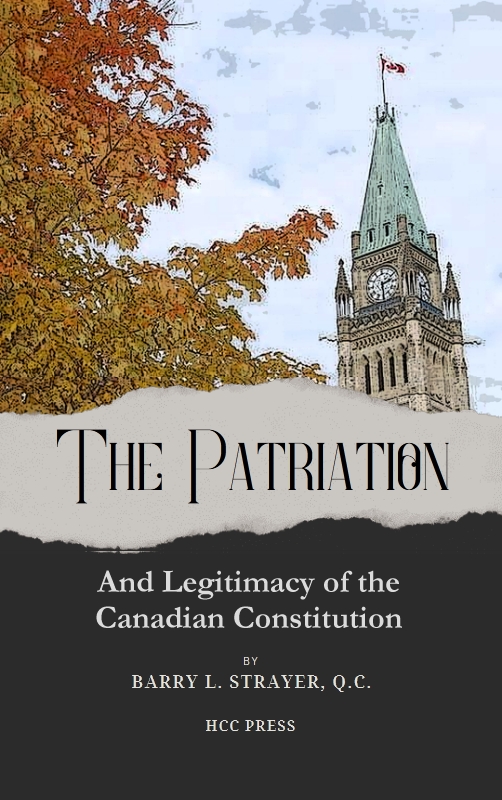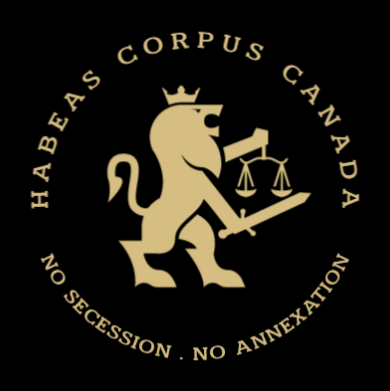About the only other event of the 1970’s which bears on my topic was the Senate Reference of 1979. Most of you will recall the circumstances. In 1978, as the proposed beginning of a constitutional renewal partly inspired by events in Quebec, the federal government introduced Bill C-60 to rewrite the constitution. Much of it was not to come into effect until the provinces gave their approval, but certain parts would be implemented simply as an Act of Parliament because it was thought they dealt with matters within federal jurisdiction. Among these was the abolition of the Senate and its replacement with a House of the Federation. I will not undertake to explain that particular proposal, although I have had some practice in doing so. During the summer of 1978, I spent a number of days before a Senate Committee explaining why the abolition of that body was in the interests of Canada. I am not sure I convinced my audience.
There was a good deal of fuss about this Bill, and it was examined at length by a special Joint Committee of the Senate and the House of Commons. Among other things, questions were raised about the power of Parliament to abolish or substantially alter the Senate. Although opinions of the Department of Justice are not normally made public, the Minister of Justice, the Honourable O. E. Lang, a former Dean of this College of Law, explained to the Committee at some length why the Government thought it was within the jurisdiction of Parliament to alter or abolish the Senate, assuming of course that the Senate was prepared to vote for such a measure. Many members of the Committee apparently were not convinced by this explanation. They passed a resolution calling on the government to refer the question to the Supreme Court, which the government subsequently did. After many months of deliberation, the Court came to the conclusion that Parliament did not have the legal authority to alter the Senate in fundamental ways. The Court held that such power still resided in the United Kingdom Parliament. Their interpretation of the Canadian Parliament’s powers of amendment under s. 91 head [1] of the British North America Act was quite restrictive and made it clear that there was not much scope for constitutional revision in Canada. Moreover, it underlined that legal legitimacy for important constitutional amendments still lay with the United Kingdom Parliament.
These then were the historical facts, the currents of thought, the factors in play when we came to 1980. In May of that year, the voters of Quebec in a referendum refused, by a majority of 60% to 40%, a mandate for the provincial government for the negotiation of sovereignty-association with the rest of the country. This, in turn, triggered a hyperactive constitutional negotiation process between the federal and provincial authorities on a different set of constitutional issues. Several ministerial meetings throughout that summer led to a First Ministers’ Conference in Ottawa in September which, in turn, led to nothing. No agreement was reached, and the Conference came to an end in some discord.

